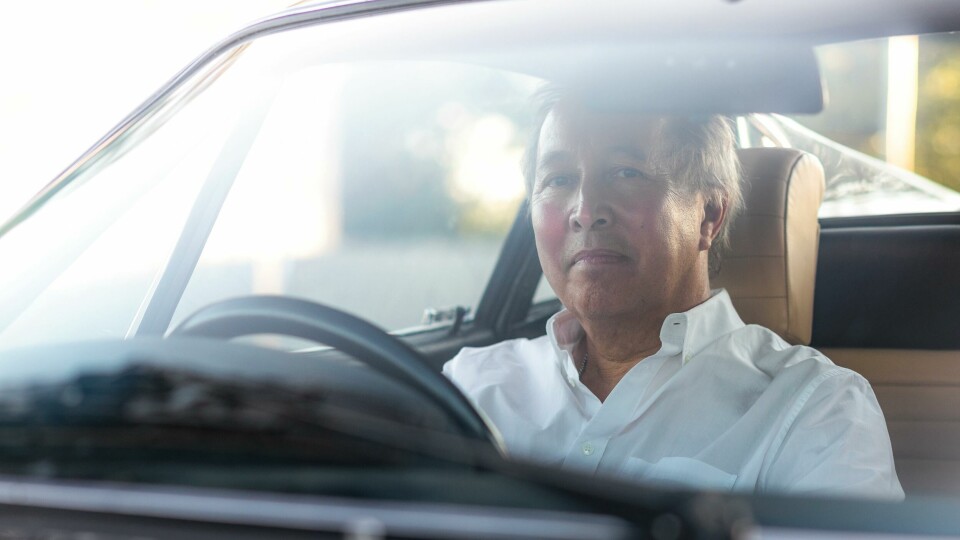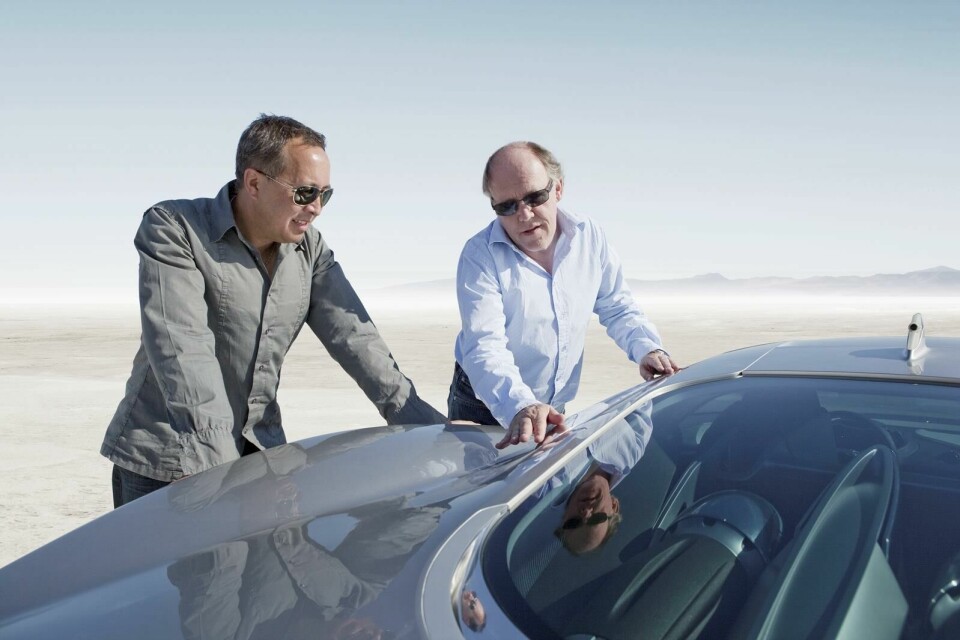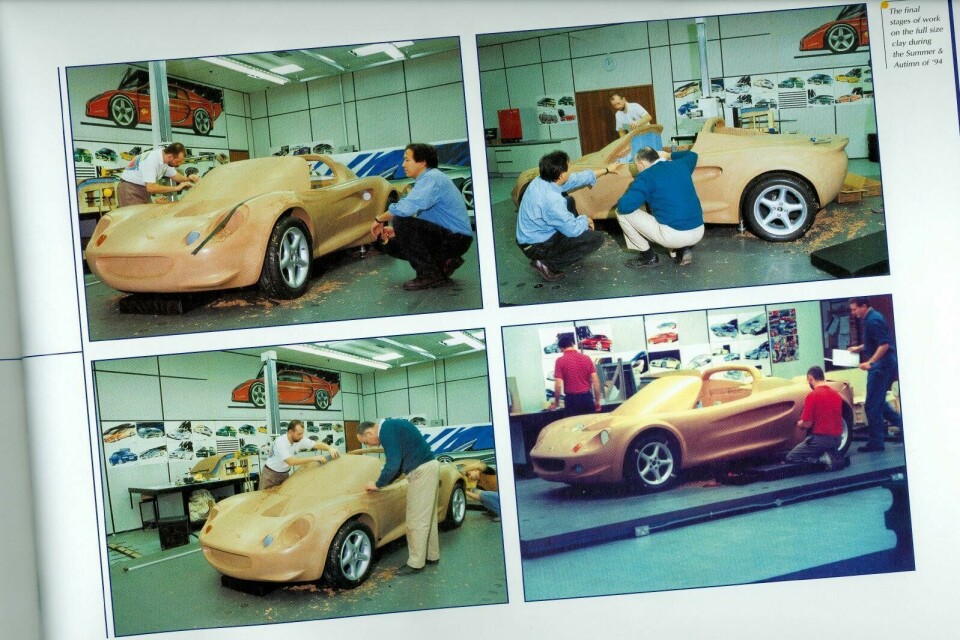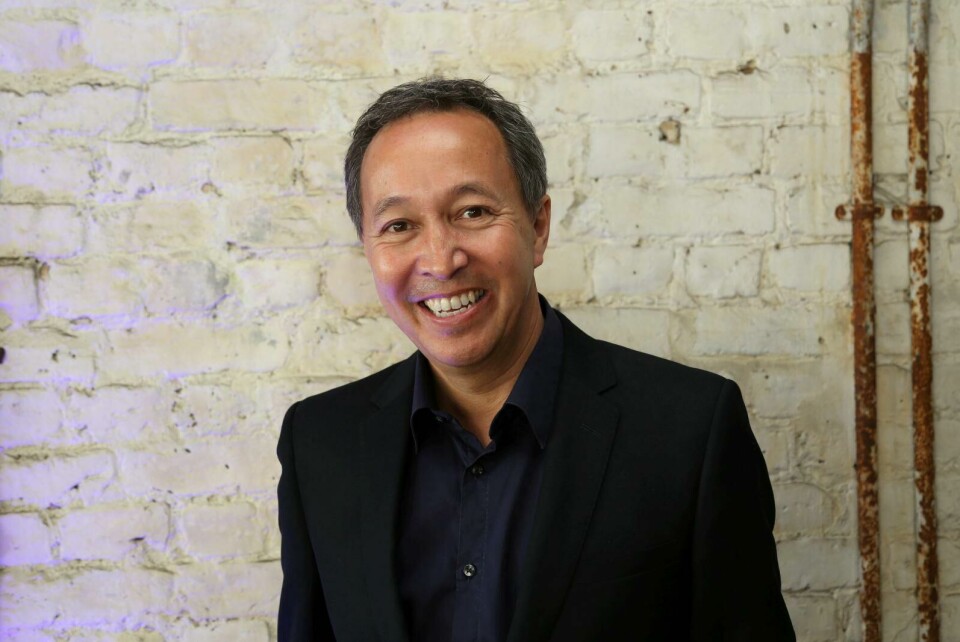
Exclusive: Julian Thomson to head up GM’s new UK-based advanced design studio
Former Jaguar Land Rover design director Julian Thomson will head up GM’s advanced design studio based in the UK. Car Design News’ editor James McLachlan spoke to the designer about his new role, the future of EVs, and what kind of talent he is looking for
American automotive giant General Motors is returning to Europe with a new UK-based advanced design studio over a decade after the OEM closed its Coventry studio. At the helm will be Julian Thomson, former design director at Jaguar Land Rover. For now, GM is remaining tight-lipped about where the new facility is.
In this exclusive interview, Car Design News spoke to Julian about the new role, what kind of talent he will be looking for, and the challenges and opportunities designers are facing.
Car Design News: Tell us about your new role at GM?
Julian Thomson: GM has been lacking a European design studio for a while now. And in terms of getting the global design footprint up and running they need to be here. I was very lucky they approached me and talked about setting this up. It will be an advanced studio and we will be purely looking at visionary concept work.
CDN: And where will you be based?
JT: We’re not disclosing it exactly yet, but it will be somewhere in the UK.

CDN: What kind of concepts will you be exploring?
JT: I think what’s nice about this particular task is that it is so wide. At one end you have got autonomous vehicles, mobility solutions and services attached to mobility. But at the other end you have got Corvettes and Cadillacs. It’s important for me that I’m designing something that gets my heart going. When I was at the crossroads of my career, I could have gone to a mobility company, a startup, or I could have gone to a Chinese company. But I really wanted to be part of a big community of really credible designers doing passionate vehicles.
CDN: What sort of size of team are you putting together?
JT: It’s going to be about 30 people to start with. The facility will have a lot of space, a lot of modelling capability – I believe very much on hiring talent with hands on experience. I want people with experience on clays who can work very quickly through to full-size models.
“We don’t know much about those huge American pickup trucks, but it would be interesting to see our take on one”
CDN: So, working in clays is still going to be important.
JT: The best studios are using an iterative process where they have on plate milling and they quickly update models or mill new ones very fast. That’s how I like to work as well. I think there’s no substitute for seeing things in 3D. But we shouldn’t make a big deal out of it. It’s just a clay model, it’s part of the process. If you don’t like it, make another one.
CDN: Why is speed so important?
JT: You want spontaneity. You lose all the energy of your design if you’re too careful.
CDN: It is a European-based studio – where are you looking to recruit?
JT: We are going to be a think tank of new ideas so we will recruit a team of diverse employees from different backgrounds. We want a really wide selection of ideas and people contributing. And as such, I think our contribution to any of the brands is going to be interesting. I mean, we don’t know much about those huge American pickup trucks, but it would be interesting to see our take on one. We will be reporting back on European trends obviously, but also coming up with some new ideas or products we feel would be good global products for GM, not just European ones.

CDN: What are the different skill sets you will need?
JT: In terms of disciplines, if you start building together with a UI specialist, a UX specialist, a trend specialist and then a materials specialist the headcount is all gone. So first and foremost, I need some really good designers with experience. We also have to make sure we have all different races, genders and age groups so we get the widest possible workforce. And then what’s so great about General Motors is that when we do need any specialists in batteries, in UI, in UX, in autonomous, in materials, there’s such a huge wealth of resources back in Detroit and in California.
CDN: So you envisage strong relationships with the other studios?
Communicating with the mothership in Detroit and also the studios in California and Shanghai is very important. We all are very collaborative; we don’t want to be doing things in isolation. We want to learn from each other. One of the purposes of these studios is to try out new technologies and new ways of doing things and we want to swap notes. So, the fact we can do that seamlessly through VR reviews and AR reviews is important. I believe doing very fast animations is important for digital models as well, so we will be employing some of the best staff available to do that too.
We are entering a renaissance in car design. The threat of change has passed and everything it’s starting to settle down a bit
CDN:You mentioned Corvettes – is the sportscar an endangered species?
JT: The car represented escapism; it represented hitting the open road. That hasn’t gone away. The Corvette’s got a two-year waiting list. With mobility, there is a misconception that you have to provide a car for everyone. And GM, particularly with this EV push, is looking to provide electric mobility for everyone in many forms. So that can be some sort of driverless car or a service, but it can also be a Cadillac or a Corvette. I think it’s a mistake to think that one template fits everyone.
CDN: What is your assessment of the current state of EVs?
JT: It does still feel a bit knee jerk. Everyone’s doing these cars, which don’t have grills and have a fast back on them, and they’re sort of tall. But we are transitioning out of the old into the new. Technology wise, you will see better solutions. Weight is a big problem, obviously. When you get to sports cars, they need to be light and agile, and you can do all sorts of trickery with sensors to make out the car is not heavy, but ultimately, you want to make a light car. You can fake agility through sensors and suspension and cameras, so the answer isn’t a 2000 horsepower thing, which costs a million pounds. No one’s going to connect with that.

CDN: Where do you see the biggest opportunities for designers in the future?
JT: I think now we are entering a renaissance in car design. The threat of change has passed and everything it’s starting to settle down a bit. A lot of the architecture has been quite constraining so far, favouring tall, big cars.
As technology improves, you’re going to get more flexibility back. The promise that electric cars initially had about freeing up packages and how to design cars wasn’t true in the first stage, but it is coming true now. I’m positive that electric cars will open the market to a wider range of body styles.



